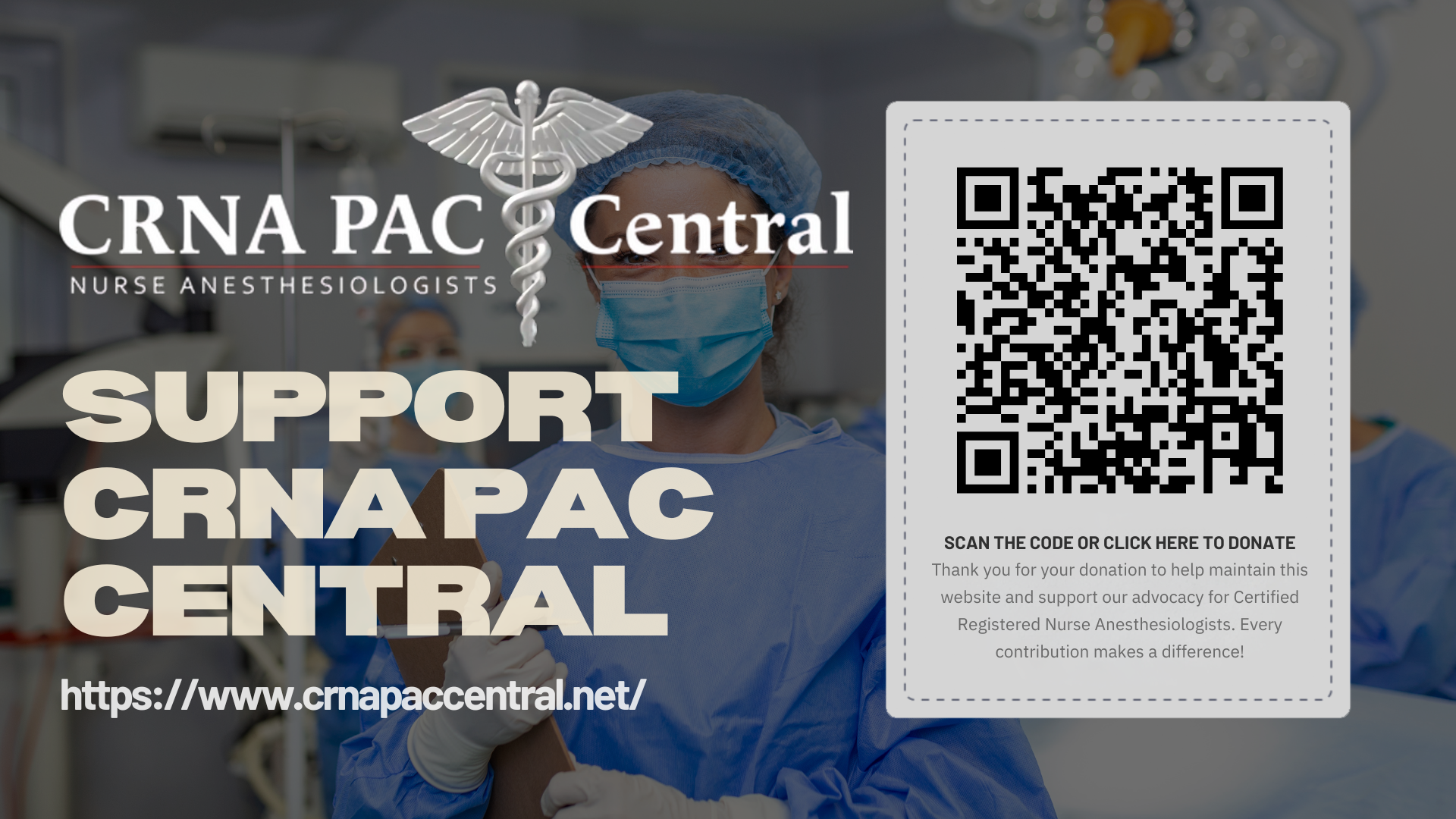VETERANS ADMINISTRATION HEALTHCARE SYSTEM
FOR THE MOST RECENT UPDATES CLICK HERE OR SCROLL TO BOTTOM OF THIS PAGE
Veterans and Anesthesia Care
6 Things the VA Can Do to Ensure Veterans Get the Anesthesia Care They Need
Reports out of Colorado tell a shocking story of 65 to 90 cancelled or postponed surgical procedures for veterans at the Denver Veterans Affairs Medical Center. Similar stories about access-to-care issues within the Veteran’s Affairs system are popping up across the country. Read the AANA's new Issue Brief on the VA for an in depth analysis of the issue. Here’s what the Department of Veterans Affairs (VA) can do.
Acknowledge the problem exists.
At the beginning of 2017, the VA claimed there wasn’t an access to anesthesia care problem in VA facilities, despite
independent evidence to the contrary. The VA has to acknowledge that a problem exists before the problem can be solved.
Prohibit 1:1 and 2:1 anesthesia provider ratios.
The reason given for the cancelled and postponed procedures in Denver was a “shortage of anesthesiologists and Certified Registered Nurse Anesthetists (CRNAs),” but the real culprit is an inefficient anesthesia delivery model that prohibits CRNAs from practicing to their full scope of practice.
Practice efficiency.
Make full use of the CRNAs and anesthesiologists already working in VA facilities. Both CRNAs and anesthesiologists need to provide anesthesia to patients. Anesthesiologists “supervising” CRNAs is simply a waste of human and budgetary resources.
Grant full scope of practice.
Grant
full scope of practice to CRNAs in the VA. In January 2017, the VA granted full practice authority to all advanced practice registered nursing specialties – except CRNAs. By granting full practice authority to CRNAs, the VA would make full use of more than 900 CRNAs already practicing in VA facilities.
Cut unnecessary costs.
Stop overpaying to outsource anesthesia services. The VA has contracts with outside anesthesia providers at a cost of more than $100 million to taxpayers. Using the existing CRNA workforce in the VA to its full practice authority would increase patient access to care without additional funding.
Get real about CRNAs.
Pause for a reality check. CRNAs are the primary anesthesia providers in U.S. military actions around the globe. They provide quality anesthesia care to wounded soldiers on battlefields, and they safely and cost-effectively provide quality anesthesia care to our veterans here at home.
Change Could be Coming to Anesthesia Protocols at VA Medical Facilities
“Some of the benefits would be shorter wait times to get in for surgical cases, especially some of the more low-risk, routine every day, which was a high volume of the cases when I worked at the VA,” Urban said. “Sometimes you may have the surgeons available, but if you only have one anesthesiologist, you have to pick and choose what days cases are being done.”
For more information, check out:

